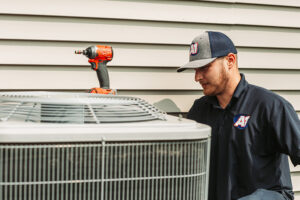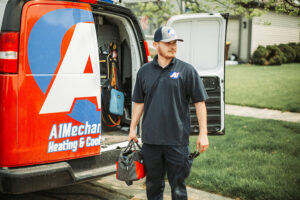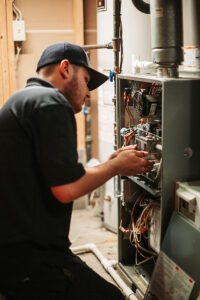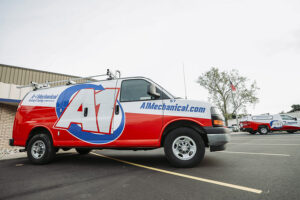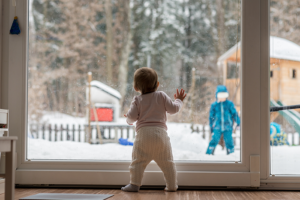Congratulations on choosing a heat pump for your next home cooling system. It’ll be equal to a top-notch air conditioner, while also providing super-efficient heating. But once you’ve decided on your heat pump and made an appointment to have it installed, you might still have some questions.
Chances are, it’s been a decade or so since you’ve had to deal with AC installation, or perhaps you purchased your home with your current air conditioner in place and have never gone through this process. And perhaps you’ve never had a heat pump before. What should you know about heat pump installation? How long will it take? And what can you do to make sure it goes well? We’ve got the answers.



